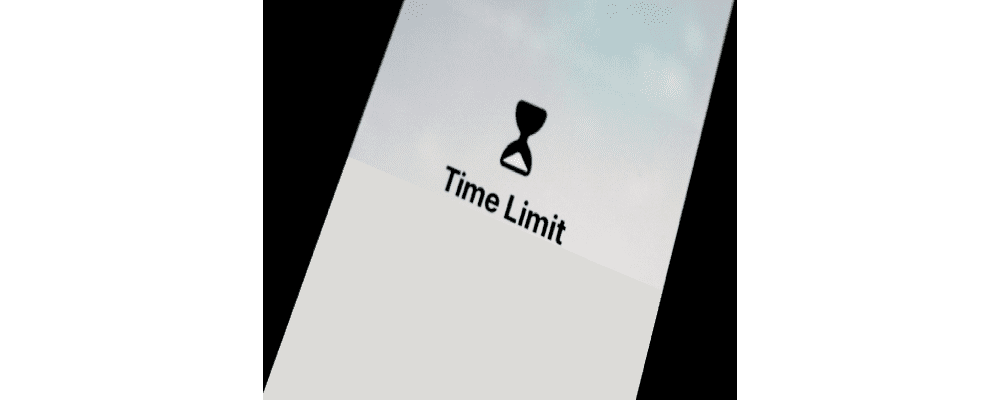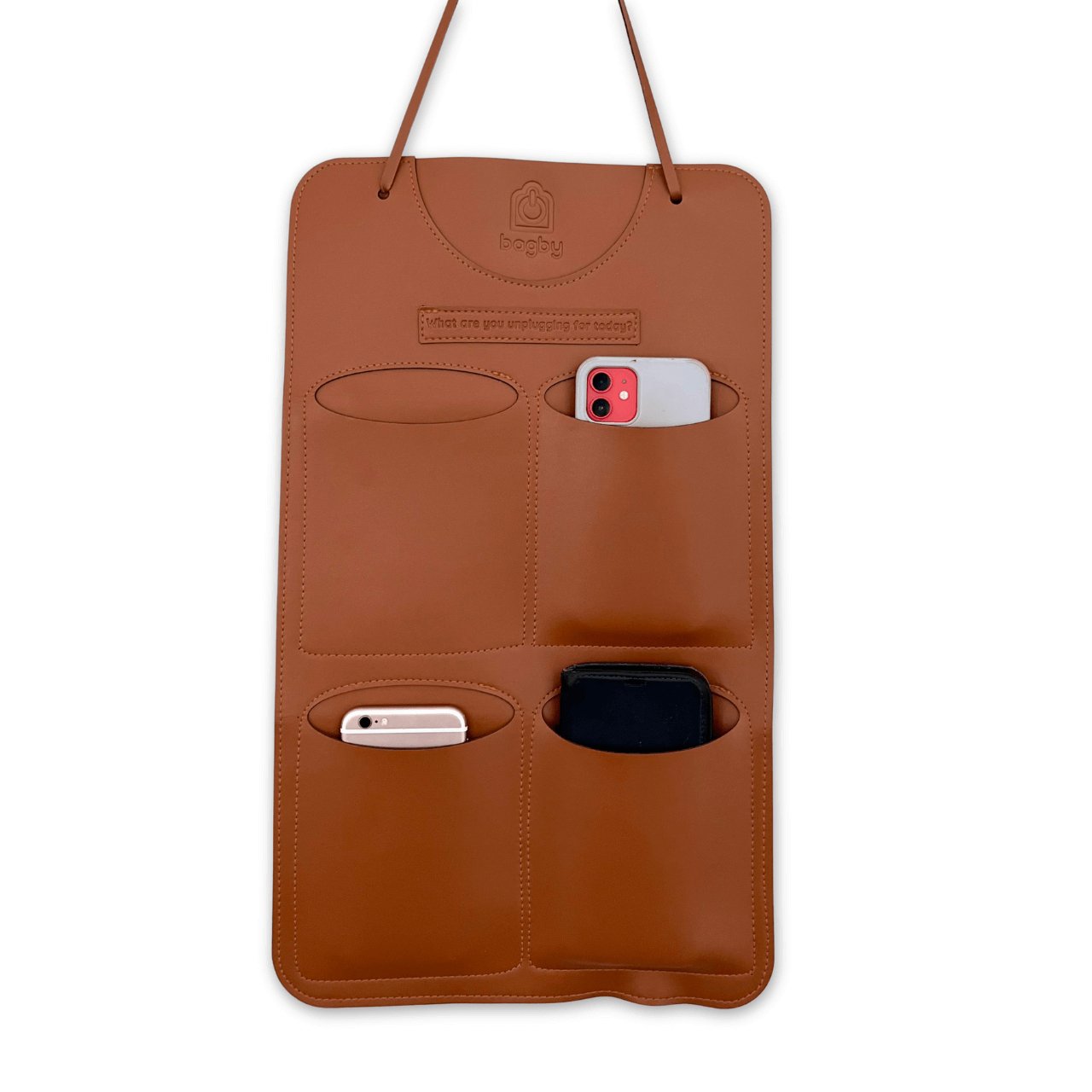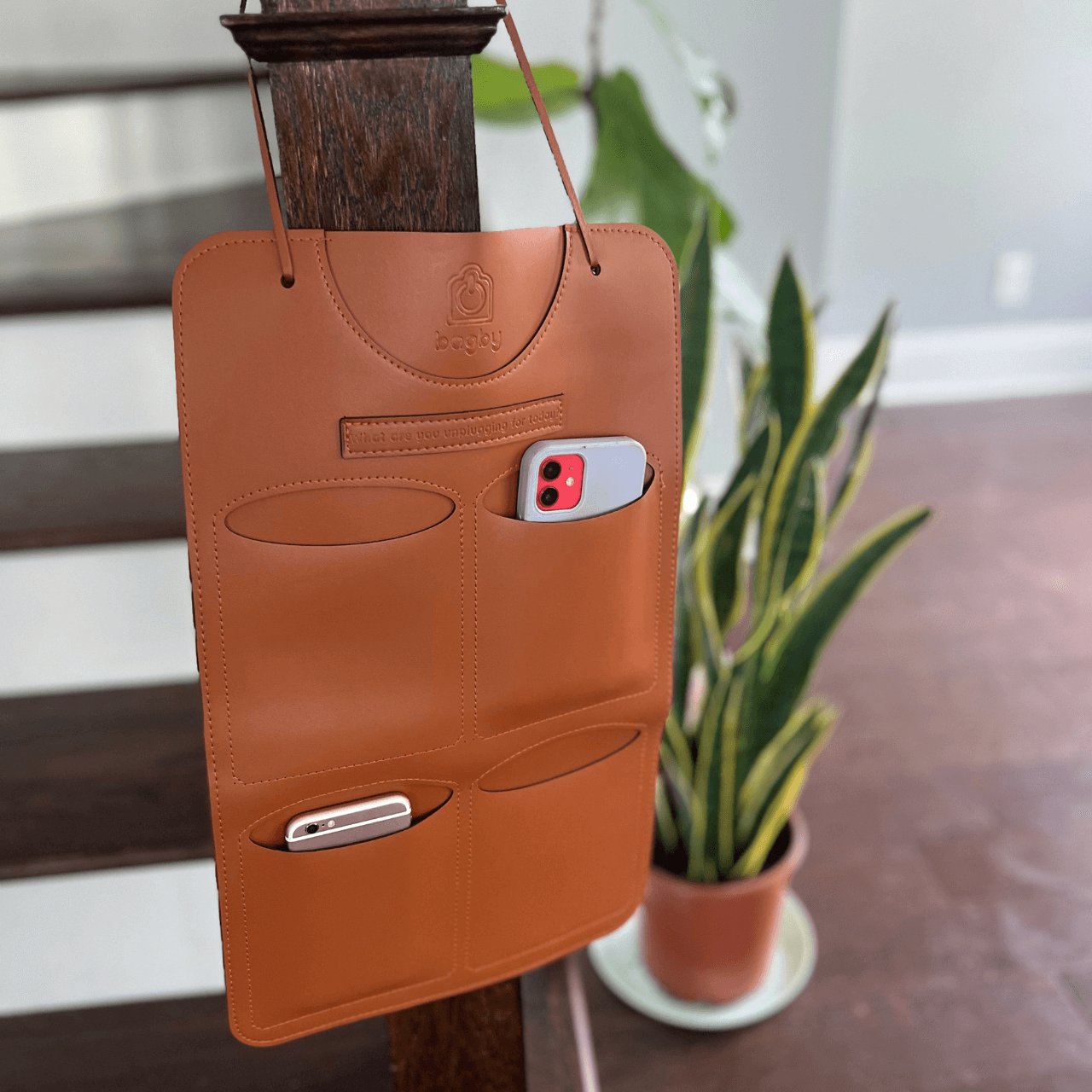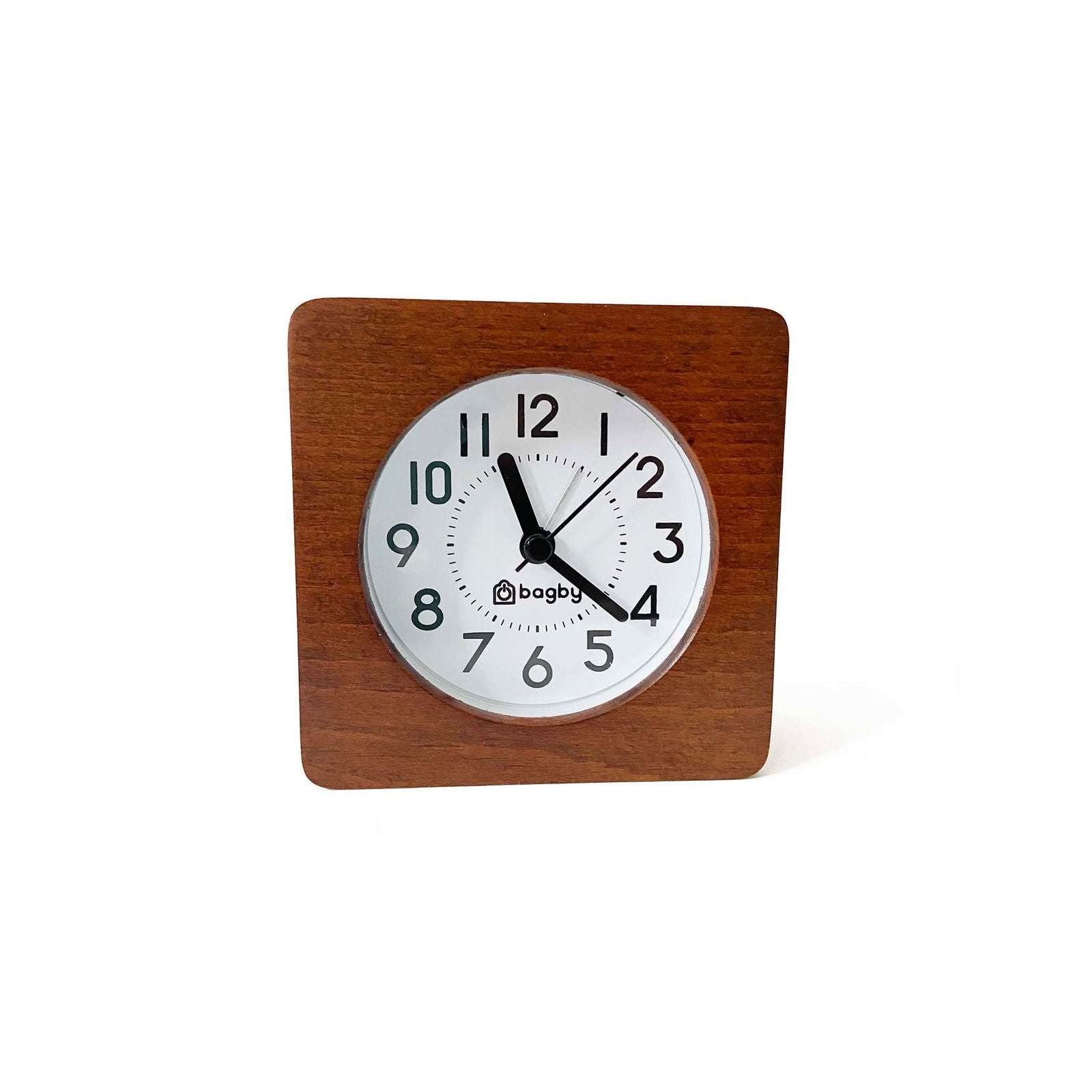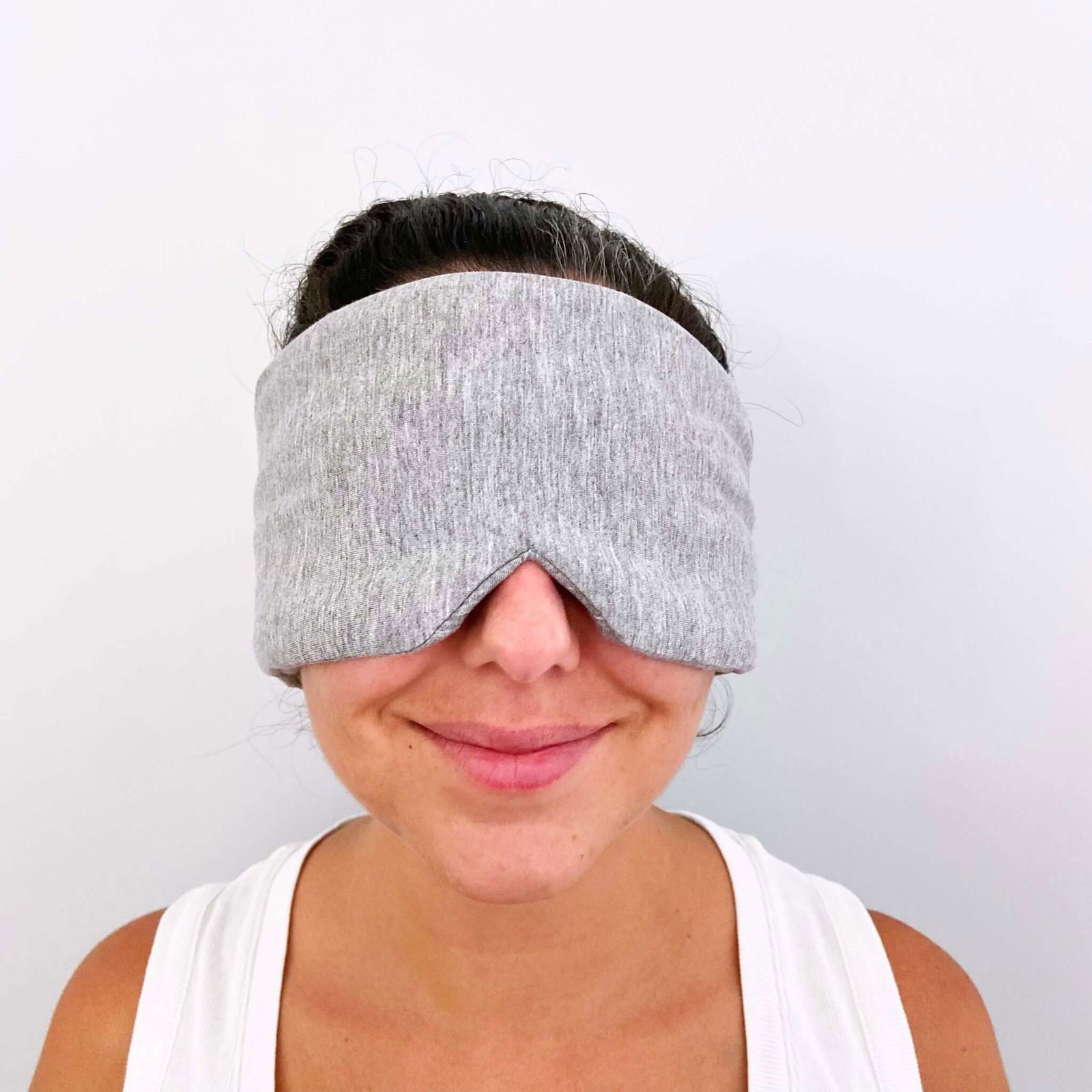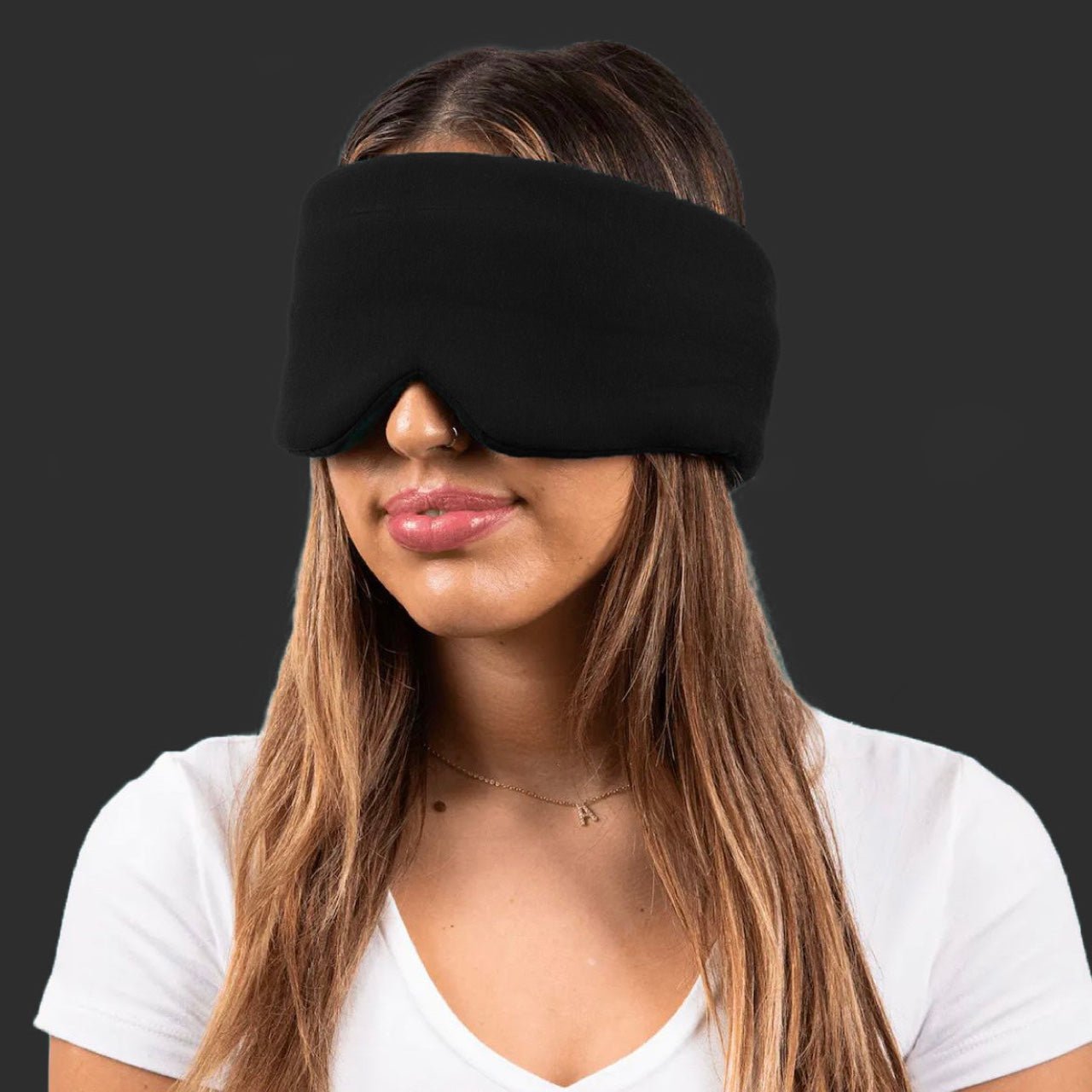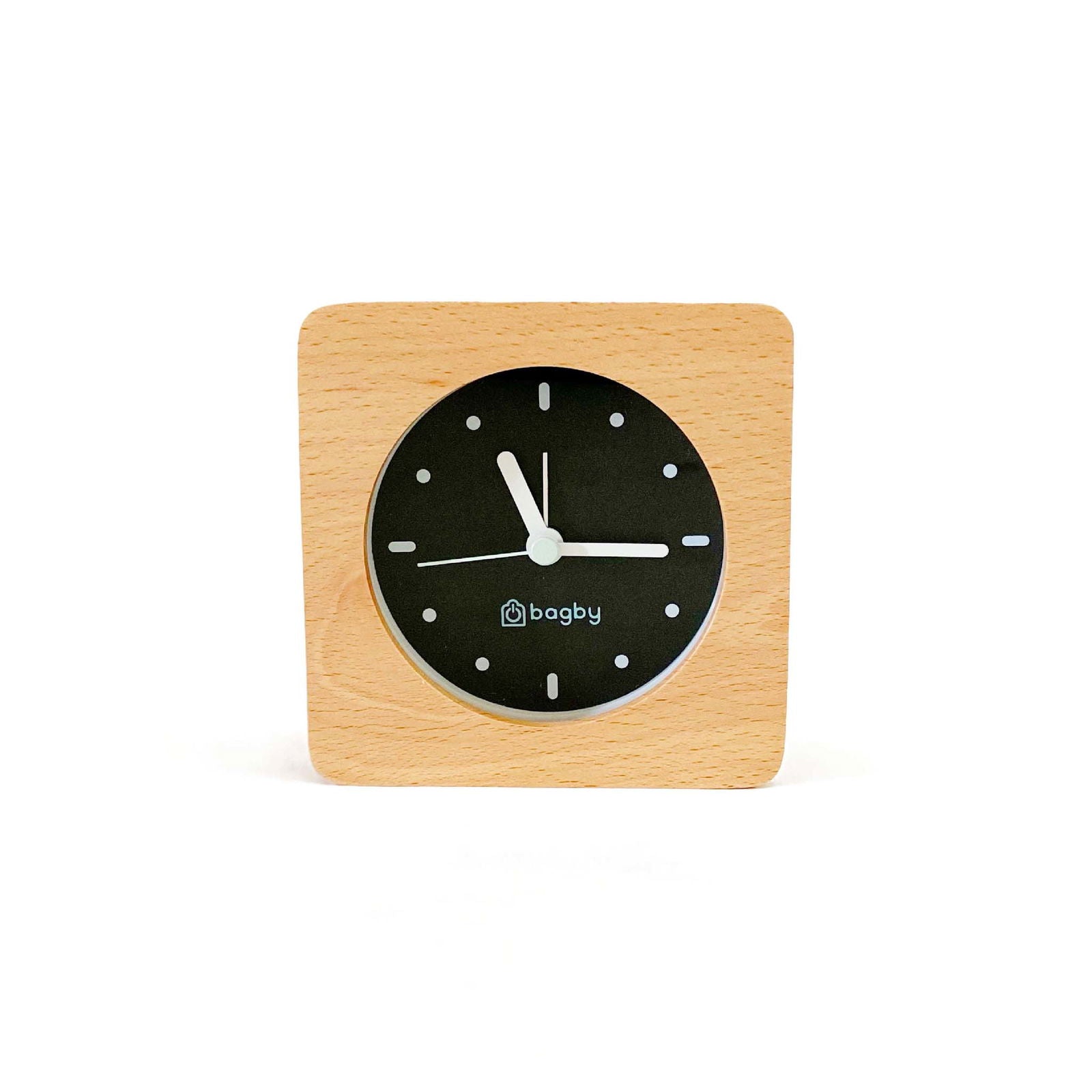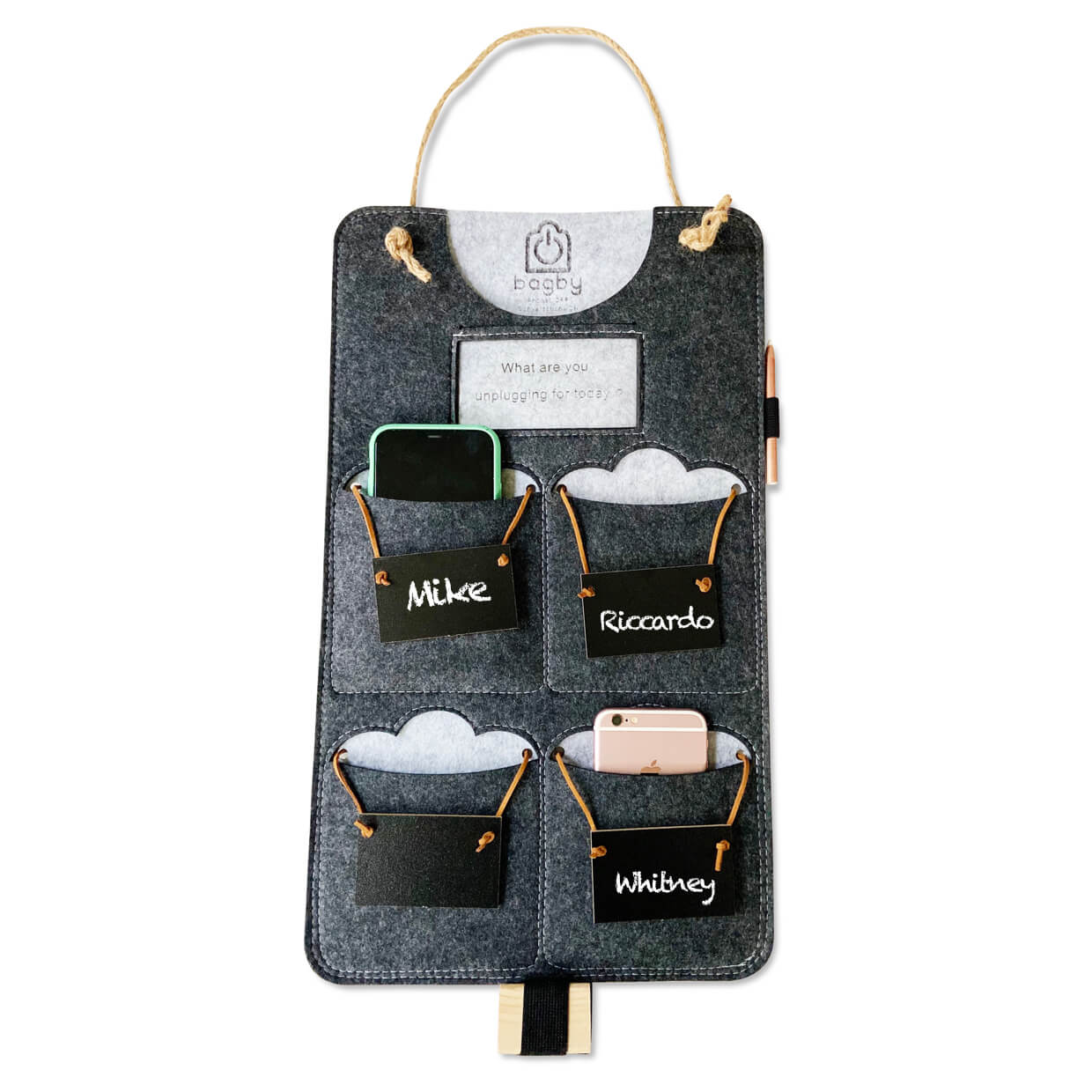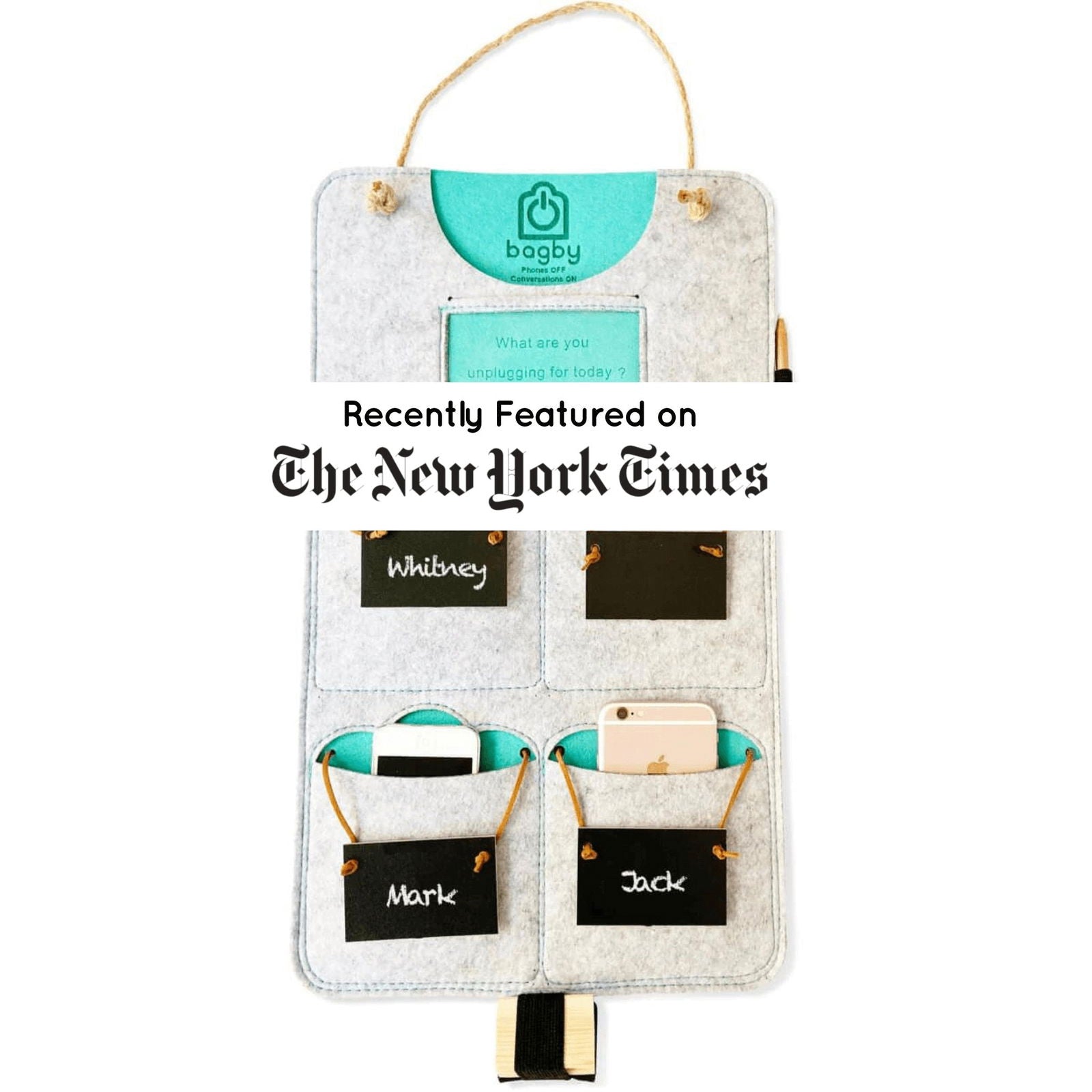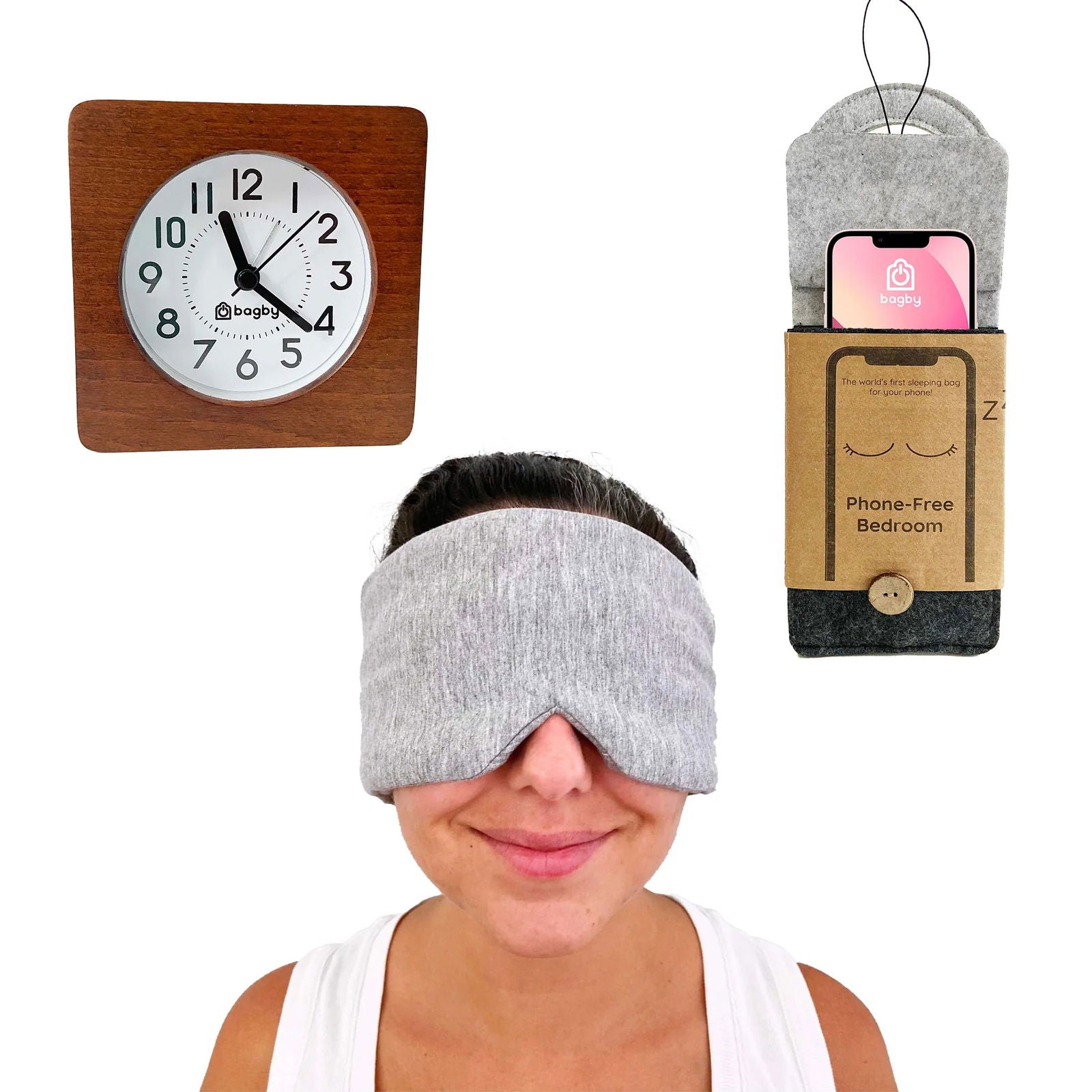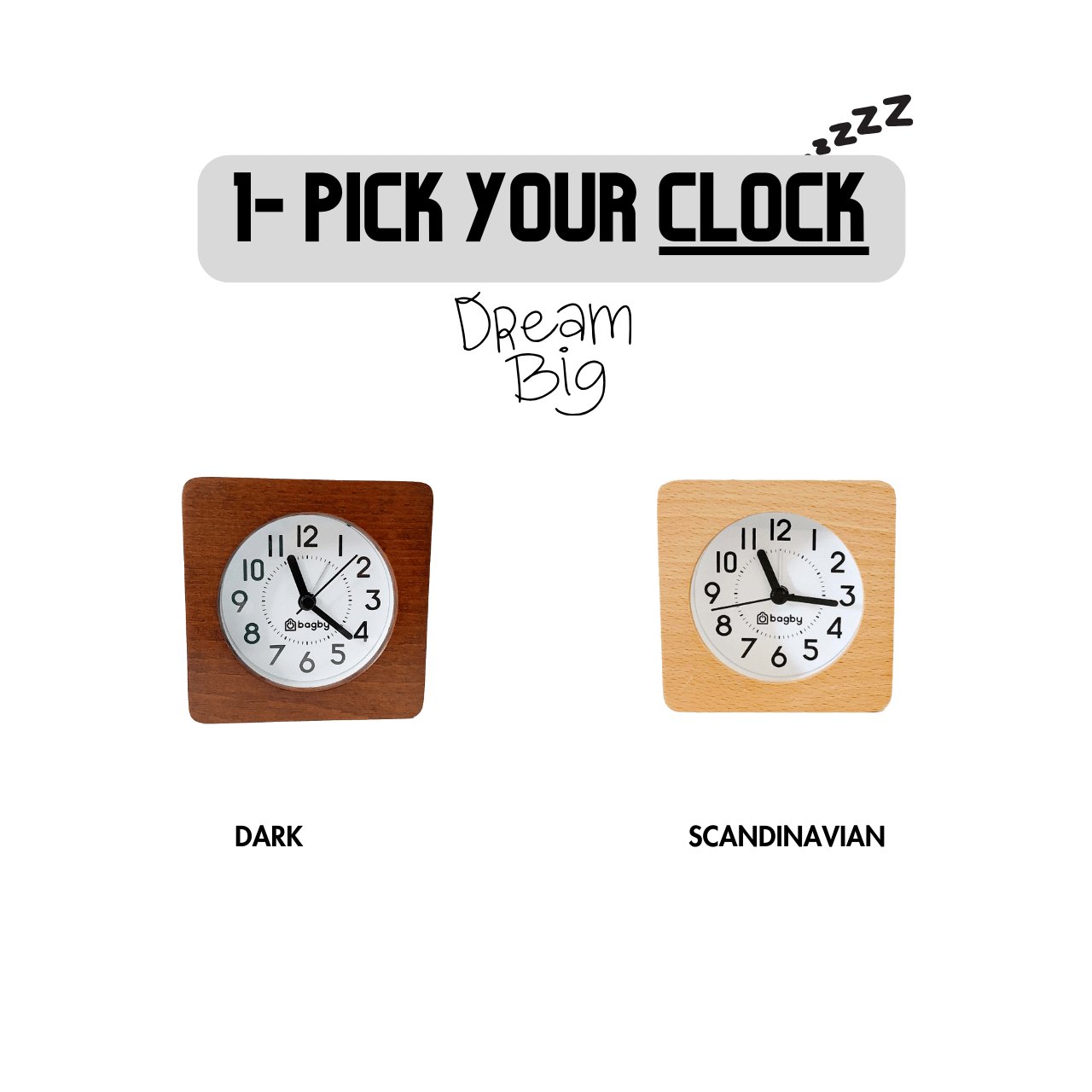Light pollution affects around 80% of the world’s population, say statistics.
Technology certainly made human life on earth a lot easier. But, as much as we’ve enjoyed the advancement in technology, we’ve suffered the consequences too. The things we have today, or the things we can do, were unimaginable a few centuries ago. For instance, automobiles, one of our most incredible inventions, is also responsible for heating our own planet.
Similarly, light bulbs eliminated the dark for us. But, the same genius invention, today, is causing several problems affecting humans, animals, and science. How?
What is Light Pollution?
Look at the image below. The left photo was taken before the 2003 northeast blackout in the United States. And the right one was taken after that. Notice anything different?
On the right image, stars are much clearly visible. And the only difference between these two images is the presence of light.

Most of us are familiar with air, water, and land pollution. But do you know that light can also be a pollutant?
Today, we have many artificial light sources, and we use them excessively. This excessive and inappropriate use of artificial light is known as light pollution.
Researchers say that light pollution can seriously impact humans, animals, and even our climate.
Here are some components of light pollution.
Glare – It’s the excessive brightness from a light source that causes visual discomfort.
Skyglow – Light causes the brightening of the night sky, especially in inhabited areas. Skyglow is also one of the few reasons you can’t see stars in cities.
Light Trespass – When light from one source falls on an unintended area, it’s called light trespass. This is also illegal in some areas, as light trespass poses a major privacy threat.
Clutter – It’s the confusing and excessive grouping of light sources. This generates way more light than required, causing many problems.
Sources of Light Pollution
We could say that light pollution is a direct effect of industrial civilization. It’s unique, and there’s no comparable natural form of pollution like there’s with carbon dioxide. It’s caused by humans only.
Here are some of the leading causes of light pollution.
Poor Planning
When planning the placements of things like street lights and signage, most engineers don’t take the impact of light pollution into account. When that happens, these lights create light clutter, light trespass, and glare which is severely harmful to the people around it.
Excessive Use of Lights
Today, we install several lights to illuminate the entire house and the surrounding areas. This causes excessive light use, especially at night, which results in residents suffering from various problems.
Besides that, irresponsible use of light is also pretty common. This includes leaving the lights turned on all night, leaving rooms without turning the lights off, setting timers for street lamps, not adjusting the timer for the season, and more.
This causes two things—Severe energy consumption and massive light pollution.
Lights From Cars and Other Motor Vehicles
Motor vehicles contribute heavily to increasing light pollution, especially at night time. So, even if an area is quite dim, cars and other vehicles can constantly illuminate that area if it’s a busy road.
People living near streets with heavy traffic suffer the direct consequence of this problem.
Nighttime-lighting
Night-time lighting is probably the worst kind of light pollution, as people have no way of avoiding that. A good example of nighttime lighting would be the illuminated advertising banners which cause huge light pollution in surrounding homes.
Besides that, if you go out at night, you’ll be exposed to nighttime lighting, affecting your sleep.
Downtown Areas
Downtown areas are another example of things that cause severe light pollution. Since downtown areas have skyscrapers that are usually quite illuminated, they contribute heavily to the light pollution in the surrounding.
The situation worsens when these lights stay turned on 24/7 for commercial and traffic purposes. So, areas like downtowns are one of the significant causes of light pollution.
Light Pollution on an Individual Level
Besides the light pollution from the sources mentioned above, your screen-based gadgets also contribute to this problem. Although they don’t cause an impact on the environmental level, to an individual, it’s equally harmful.
See, your gadgets with LED screens emit something called blue light. Prolonged exposure to this light has been known to cause many problems. I have written a separate in-depth post on this topic, so give it a read.
We Can’t Lose the Dark
Dark is essential for us, and losing it means we’ll have to suffer the consequences as well. See, for millennia, our bodies have been habituated to living in darkness at night.
Although we used fire for illumination, it doesn’t emit blue light. This means never in the history of humanity we’ve had to face the kind of lights that modern light sources emit.

And then came the light bulb, exposing people to artificial light for the first time. Now, even though artificial light’s been around for more than 200 years, it’s not enough time to change us on an evolutionary level. And because of that, we, along with the animals in our nature, are facing a ton of problems. Have a look.
Effects on Humans
Prolonged exposure to light pollution can cause you to face a ton of physical and mental health problems. How?
Interference with The Circadian Rhythm
Circadian rhythms are basically 24-hour cycles that act as your body’s internal clock. It runs in the background carrying out essential functions and processes. One of the most critical features of the circadian rhythm is operating your sleep-wake cycle.
The different systems in your body follow the circadian rhythm for their functioning. And environmental cues like light heavily influences this rhythm. This is also the reason why circadian rhythm is tied to the cycle of day and night.
When this system is working properly, it promotes restorative and consistent sleep and vice versa.
Research studies suggest that exposure to artificial light causes interference with your circadian rhythm resulting in problems like decreased melatonin production.
Decreased Melatonin Production
Melatonin is a hormone that regulates your sleep. When your body produces enough melatonin, you’ll have much greater sleep quality, along with effective sleep-induced healing of your tissues.
Your body starts producing this hormone as the circadian rhythm tells it that it’s evening time, and the body needs to slowly shift into rest mode. When this hormone starts filling up, you begin feeling tired, exhausted, and eventually, you fall asleep for a night of high-quality sleep.
In modern days, dark is virtually unavailable, which confuses your brain, hindering its ability to switch between active and rest mode. And this is what causes problems like insomnia, sleep apnea, snoring, and restless leg syndrome.
Effects on Animals
As I already mentioned, light pollution doesn’t just affect humans. Its effects reach the animal kingdom as well. Have a look.
Disruption to the World’s Ecosystems
Nocturnal animals like badgers, bats, and beavers perform activities at night and sleep during the day. The increasing amount of light pollution radically alters their nighttime environment.
In his 2013 research paper, Christopher Kyba Ph.D. said that “the introduction of artificial light probably represents the most drastic change human beings have made to their environment.”
“Predators use light to hunt, and prey species use darkness as cover,” Kyba explains. “Near cities, cloudy skies are now hundreds, or even thousands of times brighter than they were 200 years ago. We are only beginning to learn what a drastic effect this has had on nocturnal ecology.”
Besides that, artificial lights create glare which can be devastating to animals in the wetlands, like frogs and toads. Artificial lighting interferes with their “croaking” (their nocturnal mating ritual), hindering their ability to reproduce and causing a massive decrease in their population.
Light Pollution Pushes Baby Sea Turtles Away
An exciting thing about sea turtles is that, though they live in the ocean, they hatch on the beach. These hatchlings then get back, following the bright horizon over the sea.
When they’re exposed to artificial light, it can cause them to move towards the light source rather than the ocean, causing them to die.
Artificial Light Throws Birds Off Course
Birds like owls, nighthawks, frogmouths, and night-herons hunt at night using moonlight and starlight. And some birds like warblers, sparrows, thrushes, flycatchers, orioles, and cuckoos migrate at night.
When they encounter light pollution, it causes them to wander off course towards cities, which is not safe for them at night.
Each year, millions of birds die colliding with towers and buildings that are needlessly illuminated.
Besides that, migratory birds are dependent on the cues from seasonal schedules. Artificial light can cause them to migrate too early or too late resulting in them missing the ideal climate conditions for foraging, nesting, and other behavior.
Interference with Science
It’s shocking that something like light that we use daily in our homes can interfere with scientific investigations. But, turns out light pollution has a significant impact on astronomy.
Experts say that light pollution-induced skyglow makes the night sky significantly brighter, obscuring the milky way from view. Now, this may not impact the general population. Still, it’s bad news for astronomers trying to observe the night sky for space research.
“When astronomers try to look at faint or dim objects through optical telescopes, like galaxies, nebulae, or star clusters, they get washed out by skyglow,” say experts.
What Can You Do?
Light pollution is a huge problem today. And though it may seem like there’s nothing you can do on an individual level, there is. You can educate people about this problem. See, light pollution is something many people haven’t even heard of. So, raising awareness about this problem is the first step towards solving it.
Besides that, since the most impact light pollution has is at your home, because that’s where you spend the most time, you can make some changes at an individual level to protect yourself and your loved ones from its effects. Here are some of the changes that you can make.
Don’t Over-Illuminate
Over illumination is a huge problem, especially in modern homes. And most of the time, we don’t even realize that we’re doing it. Over illumination means using more lights in your home than necessary.
I want you to simply take a tour of your home and see if the lighting looks unnecessary. If it does, get rid of it.
You can also invest in shielding covers for your light bulbs. Here’s an illustration designed for the town of South Hampton, NY, which you can use as a reference.

Besides that, also make sure to turn off unnecessary indoor lighting.
Use Warm Colored Bulbs
Compact fluorescents and LEDs are excellent for reducing energy use. But I encourage you to use only warm colored bulbs. See, what happens is bright white LEDs are not much of a problem during the day, as your eyes are habituated to the brightness. But, as the sun goes down, the temperature of your bulb should too.
The brightness of bulbs is measured in a unit called Kelvin. Bulbs ranging between 1000-3000K are excellent for nighttime use. Check out this image for more clarification.

Illuminate Your Backyard with Glow Stones
Glow stones are normal-looking stones with photo-luminescent (glow) pigment, a non-radioactive earth element.
This pigment is mixed into either resin or glass to create glow stones. These stones will achieve two things. One, it will solve the over-illumination problem, and two, it will turn your front and backyard into a beautiful space. Look at the image below to see what glow stones look like at night.

Use Motion Sensors
Now I can understand that one may be reluctant to use glow stones to illuminate their back and front yard because of security issues. In that case, you can invest in motion sensors to activate your outdoor light only when necessary.
If you decide to go for this, I’d recommend getting one with a PIR sensor. PIR or Passive Infrared is a technology that detects infrared. With PIR, the lights in your back and front yard will only light up when absolutely necessary.
Final Thoughts
Light pollution is something we can’t afford to ignore as it puts our health and environment at risk. Light is actually a form of EMF (though we often don't think of it this way), and light pollution is another way in which excessive levels of EMF in our environment, from our technology, are harming our ecosystems.
So, beginning this moment, it’s crucial that you start doing your part to alleviate this problem. And be sure to share this with other people as well. Because it’s only if we’re together, we can make a change on a large scale, like with many other problems that we’re facing today.
Take noise pollution, for example. It’s irritating annoying, and it feels like we can’t do anything about it. But it turns out there’s a lot we can do about noise pollution. Read my in-depth post on noise pollution, its effects, and solutions for more information.






